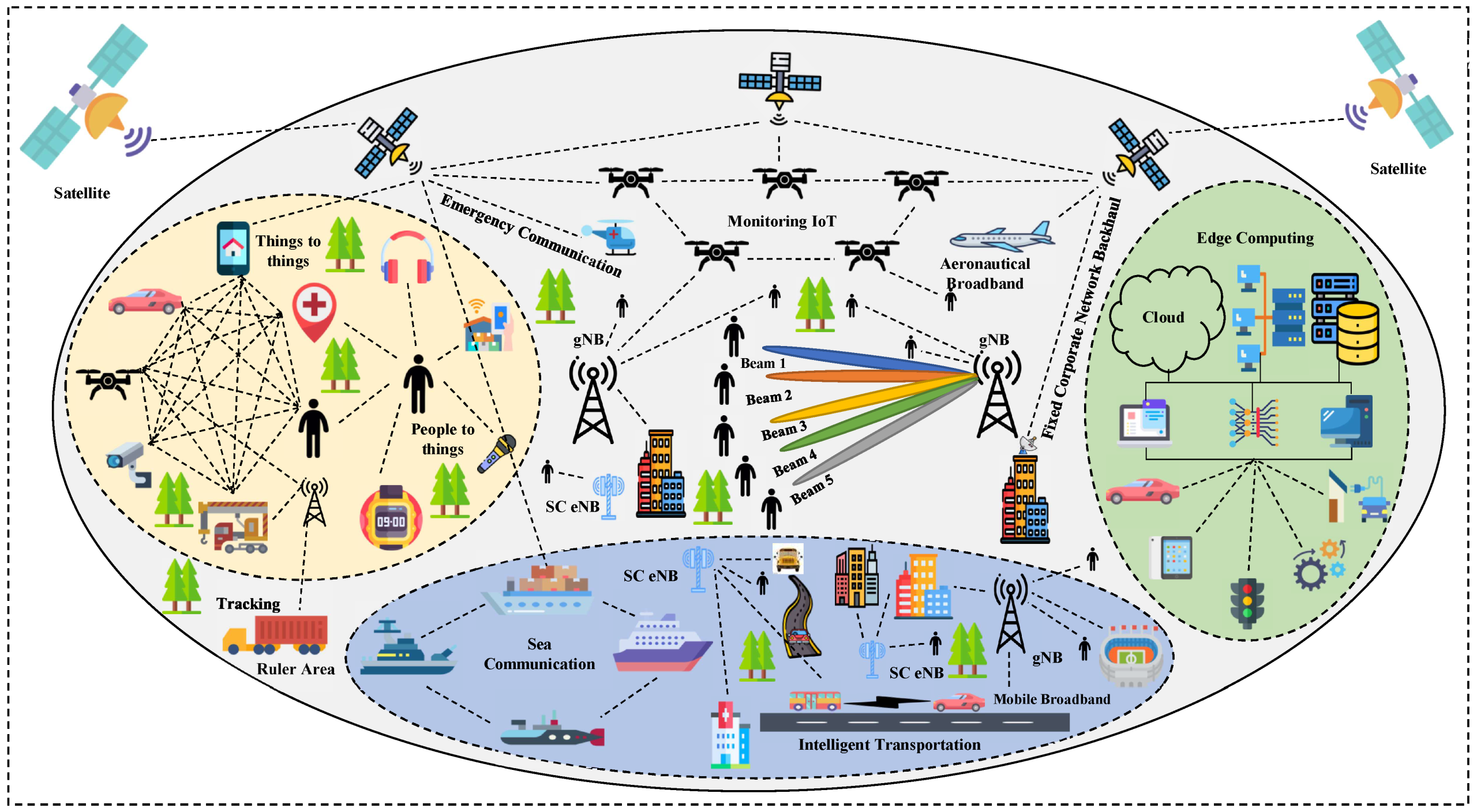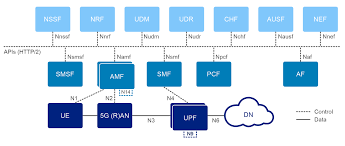AI and Machine Learning in NG-RAN: Smart Networks in the 5G Era
telcomatraining.com – The rollout of 5G technology is transforming industries and revolutionizing how networks are built and managed. One of the most significant advancements driving this transformation is the integration of Artificial Intelligence (AI) and Machine Learning (ML) in the Next Generation Radio Access Networks (NG-RAN). These intelligent technologies are ushering in a new era of smart networks, providing enhanced efficiency, flexibility, and performance that are crucial to the success of 5G.
What is NG-RAN?
NG-RAN, or Next Generation Radio Access Network, is the radio interface and technology responsible for connecting mobile devices to the core network in 5G. It serves as the backbone of 5G connectivity, offering faster speeds, lower latency, and higher reliability compared to previous generations of wireless networks. As 5G networks become increasingly complex, traditional network management and optimization methods can no longer meet the demands of modern users. This is where AI and ML come in.
The Role of AI and ML in NG-RAN
AI and ML are game-changers in the way NG-RAN is designed, operated, and optimized. By leveraging the power of data analytics, intelligent automation, and predictive algorithms, these technologies enable network operators to make faster, more informed decisions, leading to improved network performance and reduced operational costs.
- Network Optimization: One of the most significant challenges for mobile network operators is ensuring optimal network performance at all times. AI and ML can analyze vast amounts of real-time data from the network, automatically adjusting resources and configurations to maintain the best possible quality of service. This dynamic optimization process ensures that users experience seamless connectivity, even during peak demand times.
- Predictive Maintenance: Predictive maintenance is another area where AI and ML can enhance NG-RAN. Traditional maintenance methods often rely on manual intervention, leading to downtime and increased operational costs. AI-powered predictive algorithms can analyze historical data, detect potential issues before they occur, and automatically trigger maintenance tasks. This not only reduces downtime but also extends the life of network equipment.
- Intelligent Automation: Managing a 5G network manually is a daunting task, given the complexity and scale of modern communication infrastructure. AI and ML facilitate intelligent automation, allowing for the self-configuration, self-optimization, and self-healing of the network. This means the network can adapt to changes in real time, automatically optimizing itself for varying traffic patterns and conditions.
- AI-Driven Traffic Management: One of the key benefits of integrating AI and ML into NG-RAN is their ability to handle traffic management more efficiently. AI algorithms can predict traffic congestion based on historical usage data and adjust network resources accordingly. By efficiently managing traffic, these technologies reduce latency, prevent bottlenecks, and ensure that users experience smooth, uninterrupted service.
- Enhanced Security: As the number of connected devices increases, so does the risk of cyberattacks and security breaches. AI and ML can enhance network security by detecting anomalies in real-time and automatically responding to potential threats. Machine learning algorithms can continuously learn and adapt to new security challenges, providing a level of protection that traditional security methods cannot match.
The Future of NG-RAN with AI and ML
As 5G networks continue to evolve, AI and ML will play an even more prominent role in shaping the future of NG-RAN. The increasing demand for more efficient, reliable, and secure networks will push the boundaries of what these technologies can achieve. With advancements in AI algorithms and machine learning models, NG-RAN is poised to become more autonomous, self-sustaining, and capable of handling the ever-growing demands of the digital age.
In conclusion, the integration of AI and ML into NG-RAN is a critical development in the 5G era. By enabling smarter networks that can optimize themselves in real time, predict and prevent failures, and improve overall performance, AI and ML are helping to unlock the full potential of 5G technology. As these technologies continue to evolve, they will be pivotal in creating the next generation of smart, efficient, and reliable mobile networks.







